Apple's Self Service Repair program isn't a perfect solution that addresses all of the concerns from the Right to Repair movement. It was never meant to be.
The iPhone maker launched the Self Service Repair portal in April, allowing customers to order parts, tools, and other resources to repair their own devices.
This move marked a turning point for Apple — a company that has long shied away from making it easy for users to repair their own devices. While some repair advocates have praised Apple's move, others have criticized it as being too difficult and expensive.
Whether those criticisms are valid or not, it's important to keep in mind that the Self Service Repair program is a concession, not a heel turn. Here's why.
The Self Service Repair program
Apple first announced the Self Service Repair program in November 2021, surprising regular consumers, repair advocates, and the broader tech industry alike. The program actually launched on April 27, 2022.
Through the new repair portal, users can order parts for a number of iPhone models to carry out standard repairs like battery swaps, speaker replacements, and display fixes. The portal also offers tool kits that are available to purchase or rent for a specific period of time.
Along with the tools and parts, Apple also made available a plethora of different repair manuals and technical documentation for use at home.
However, many organizations that advocate for the Right to Repair had mixed feelings about the program.
The repair experts at iFixit, for example, praised the program because "anything that enables more people to do repairs is great news." However, it criticized the fact that Apple is still pairing parts, which it said enables only "very limited" repairs.
The U.S. Public Research Interest Group, which has criticized Apple in the past for its repair policies, was even less forgiving.
U.S. PIRG director Nathan Proctor said the program is a sign that Right to Repair is "breaking through," but noted that Apple is still making customers jump through "too many hoops" to repair their devices.
"We should have more options. Not just one set of parts. Not just a few manufacturers," he said. "No product should be tossed in the scrap heap, wasting money and adding to our toxic electronic waste problem, because the manufacturer doesn't properly support repair
Apple's history with right to repair
Despite the criticisms, it's hard to deny that Apple's Right to Repair program is a reversal of its previous policies on the subject. Apple has long fought against Right to Repair anywhere that it popped up.
Apple has effectively lobbied against Right to Repair legislation in a slew of different states. Back in 2019, for example, California tabled a Right to Repair bill after immense pressure from Apple and other companies.
The company makes a few different arguments in its fight against Right to Repair. For one, it believes that there's a safety issue. Consumers could very well hurt themselves when repairing their own devices. Apple claims that many repairs are "too complex" for untrained customers.
In other cases, Apple has taken a security argument. According to Apple, opening up its devices to repair could threaten the iPhone's strong emphasis on security. Back in 2017, when lobbying against a Right to Repair bill in Nebraska, Apple said the state could become a "Mecca for bad actors" if the bill passed.
Apple has taken steps to loosen its grip on device repairs in recent years, however. It has launched independent repair provider programs that expand access to device repairs. However, there have been complaints that the program's terms are still too restrictive.
Given Apple's history, the launch of the Self Service Repair program — imperfect as it may be — seems uncharacteristic for Apple. However, there's a reason for that.
Storm clouds ahead
In the future, Apple will most likely be forced by some piece of legislation to provide repair resources, tools, and parts to consumers. The company has effectively battled Right to Repair legislation, but given the popular and governmental support for the movement, it will probably lose the war.
Back in February 2022, U.S. lawmakers introduced Right to Repair legislation that would enshrine in law the ability for consumers to fix their own products. Apple has fought Right to Repair legislation at the state level, but a federal battle may be more precarious for the company.
There's regulatory pressure, too. The U.S. Federal Trade Commission, for example, has pledged to take a formal stand against unlawful repair restrictions. Even without legislation, there's a chance Apple could be hit by a regulatory action from the FTC.
Those pressures are just the ones in the U.S. The European Union, in addition to charing ahead with antitrust legislation, is also backing new rules around Right to Repair. In 2022, the EU voted to support the rights of consumers to repair their own products.
All of this is to say that Apple's Self Service Repair program isn't a result of a reversal in its beliefs surrounding repairs. Instead, the program is undoubtedly a preemptive initiative to get ahead of Right to Repair legislation.
That's why the program isn't perfect. Apple isn't suddenly supporting the widest definitions of Right to Repair. It still wants to maintain control over its product repairs, it's just avoiding regulatory action down the road. Hence, the doubling-down on parts pairing and other restrictive policies.
This is made more complicated by the fact that Right to Repair still doesn't have a clear and effective definition. While the program could meet the requirements of some legislative actions, it might not meet the requirements of others. By implementing the program the way it did, Apple was probably hedging its bets based on current information.
A positive first step
This isn't about binary approval or disapproval of what Apple has done, or the same for any faction of the Right to Repair movement. For the first time, Apple is giving relatively skilled folks that want it a crack at renting tools to do a repair, and get the repair done at home.
Whether or not you the reader approve or disapprove of it, or we do, this is what Apple has done. As with anything else, opinions vary.
But, even if Apple's intentions don't align with the Right to Repair movement, it's still a positive step. The Self Service Repair program is currently available for iPhone fixes. In the future, it'll launch for Macs and will expand to the European market.
At this point, it would be hard for Right to Repair advocates to argue that the Self Service Repair program isn't a move in the right direction, no matter what Apple's intentions are — and only they know for sure what they have planned, or what their stopping points are.
Even though what's been seen so far is more restrictive than the loudest advocates would like, the availability of parts and resources does make it easier for people to fix Apple products. Those tools, parts, and resources aren't just available to consumers either. Small repair shops can now get access to easy-to-follow guides and the same tools used by Apple technicians without agreeing to the onerous terms of the Independent Repair Provider Program.
And given the fact that electronic waste is a significant — and growing — problem, any effort to make products more repairable is a positive step.
Looking beyond Right to Repair arguments, it's also important to note the balance Apple has struck here. While Apple devices are not casually repairable, Apple does design products for durability.
Things like glue and tight design tolerances make devices more durable, but less repairable. While on the average, regular AppleInsider readers are more technically proficient than the average iPhone owner, keeping the average unskilled consumer out of a device protects it from probing fingers that don't know what to do, or think the iPhone is built on the same scale as that Blue and White G3 that they opened two decades ago.
Design is a balance. To placate arguments that are vague, undefined, and, in some cases, unrealistic, Apple is never going to make an iPhone with a casually removable battery like a 2006 Nokia.
To many Right to Repair advocates, the Self Service Repair program isn't perfect. They're right. It was never meant to be a perfect solution to Right to Repair arguments.
Apple's Self Service Repair program was intended to get ahead of legislation and regulation. But, it's still a positive step forward that happens to be a good balance between the durability of Apple's design and the repairability of its products.
Whether the company makes that many more steps in the right direction and what direction actually is, are the real questions.
 Mike Peterson
Mike Peterson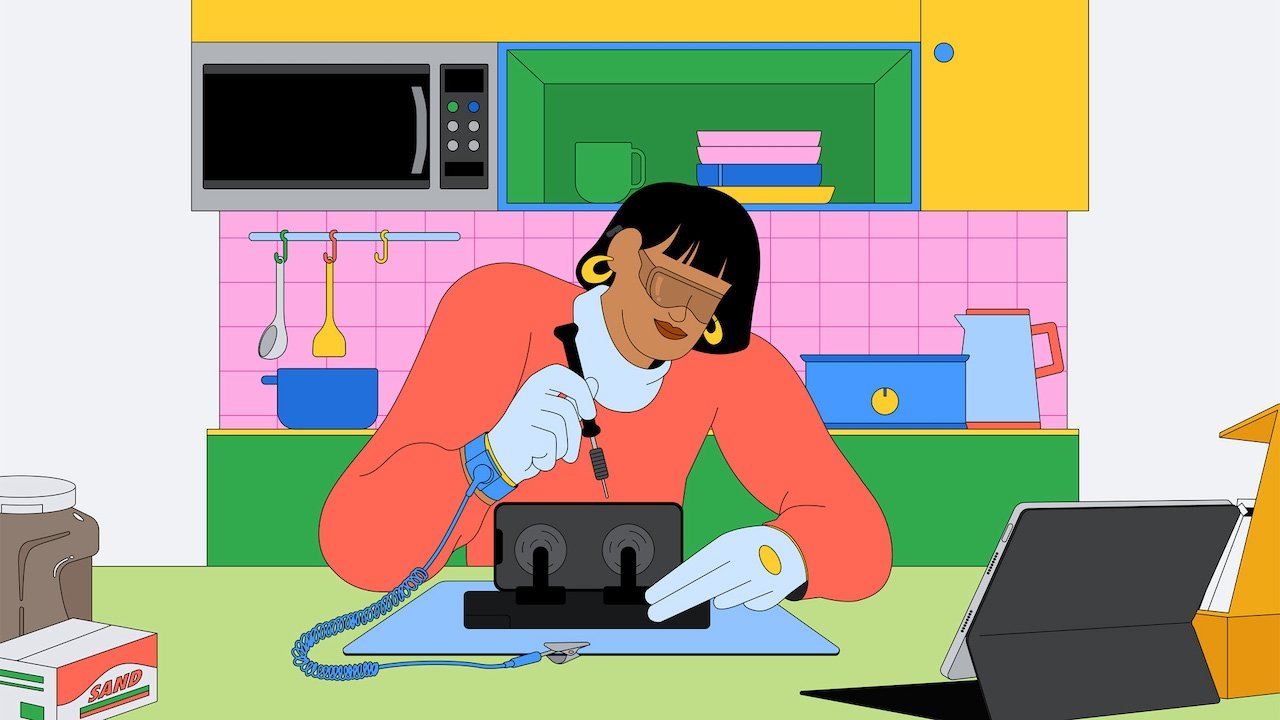
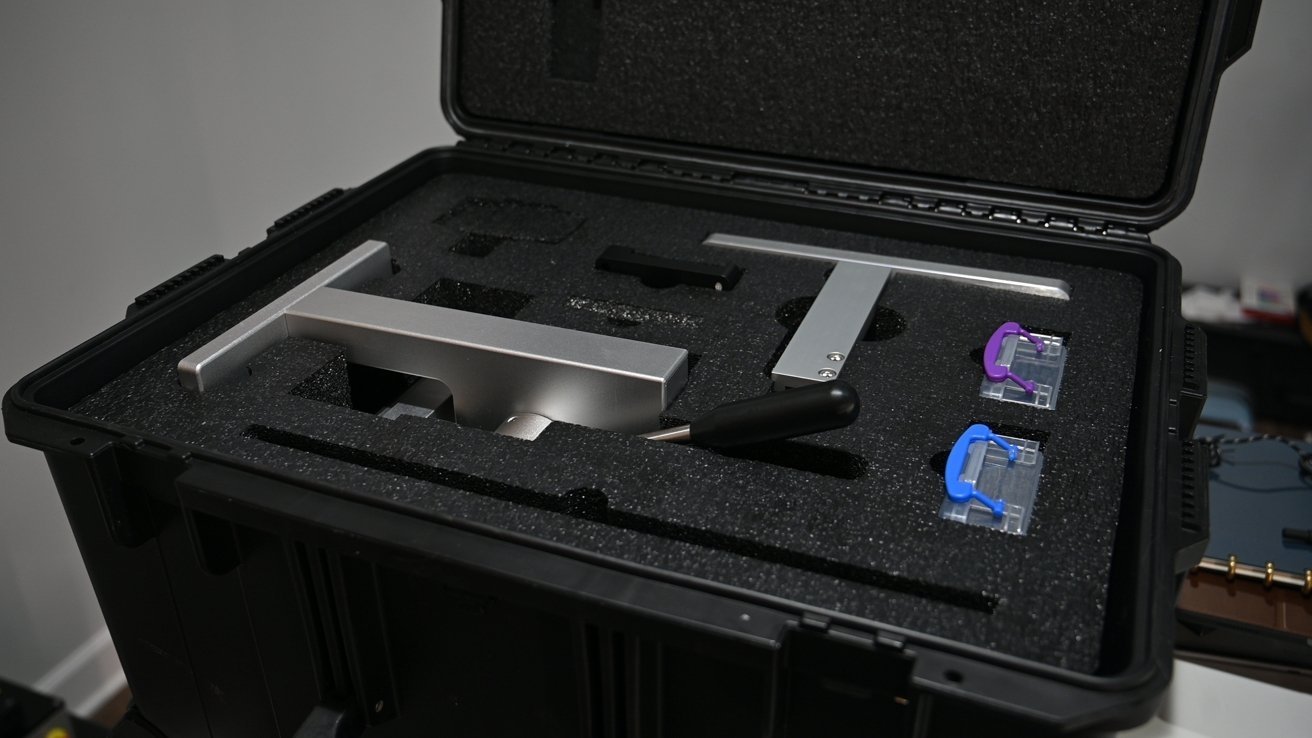
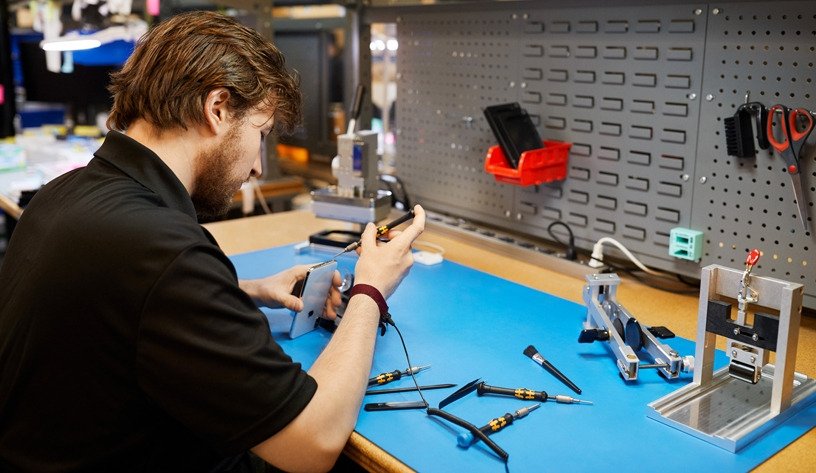
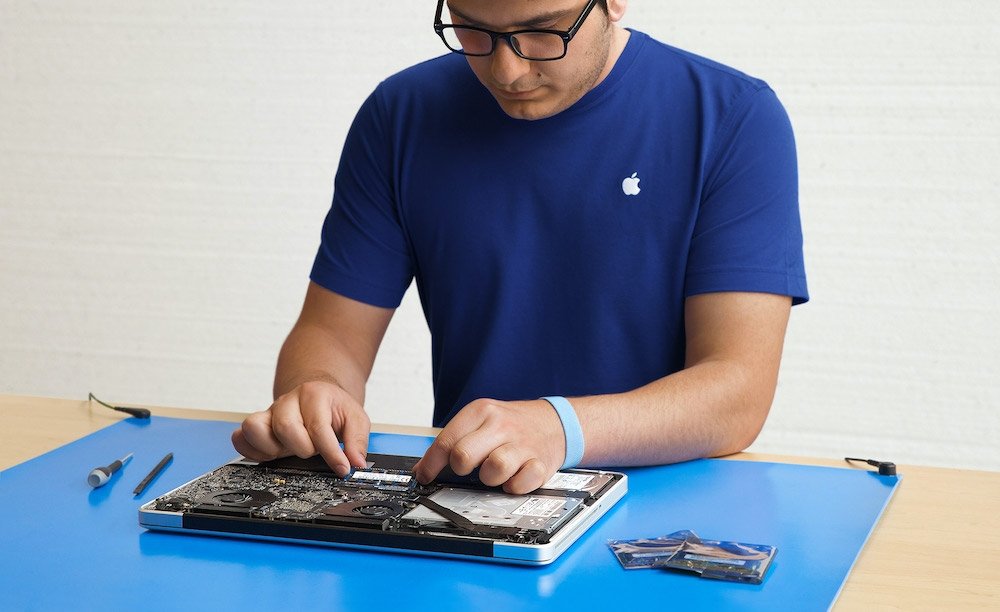
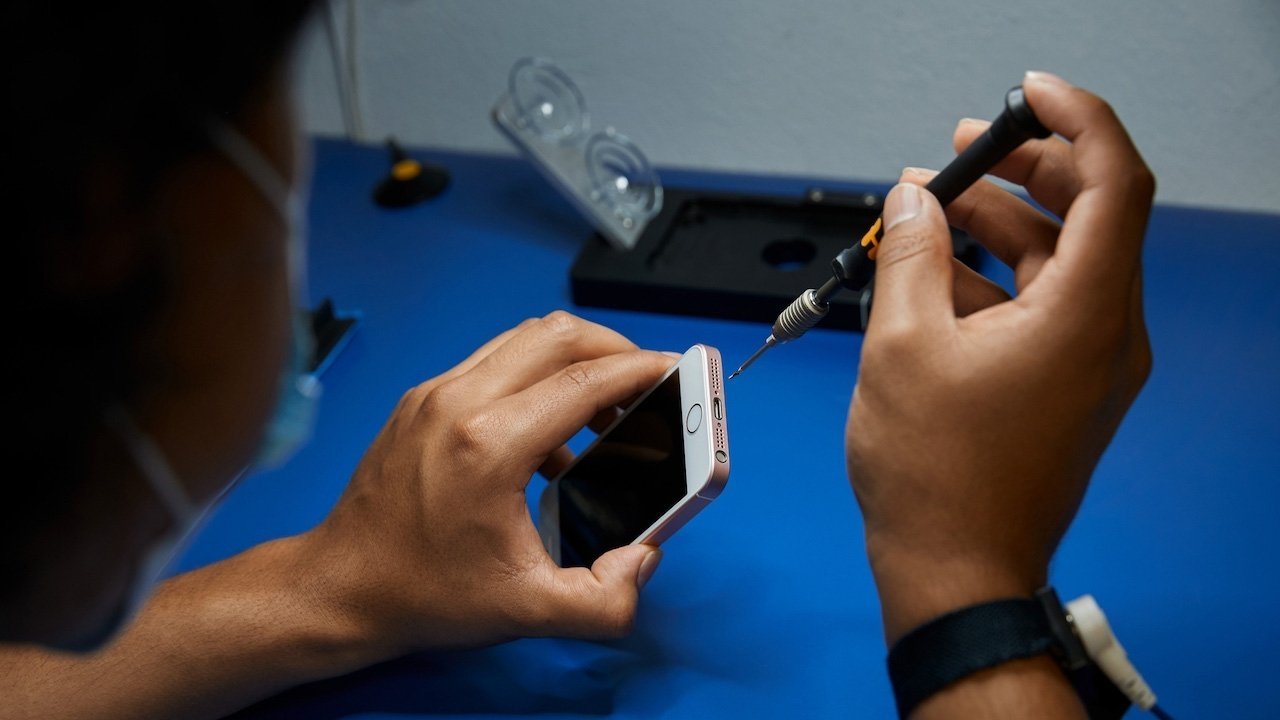







-m.jpg)






 Malcolm Owen
Malcolm Owen
 Marko Zivkovic
Marko Zivkovic
 Christine McKee
Christine McKee
 Andrew Orr
Andrew Orr
 Andrew O'Hara
Andrew O'Hara
 William Gallagher
William Gallagher

 Mike Wuerthele
Mike Wuerthele


-m.jpg)



36 Comments
I find it interesting that people and governments continue to demand that Apple build their products a certain way. What gives anyone the right to tell Apple how to create and manufacture their products? There’s certain standards that are required for every product but not the level demanded of Apple. Many products are glued together with no option for repair yet nobody is going after these products. Many products are design for single use. Why aren’t these required to be repairable? Look at cars. Get in an accident and most are considered totaled or beyond repair but unless they’re flattened they could be repaired. Where are the tools, parts and manuals to rebuild the front end of a new car? Oh wait, it’s not economically feasible to repair them. Computers are getting so small that repairing them to their original state just doesn’t make economic cents (pun intended).
Be careful what you ask for. Apple will play ball and beat you at your own game. If I am going to repair my own devices going forward do I want to spend more money on cheap tools and 3rd-party components or buy OEM parts with a quality tool rental? I've used iFixit for a very long time but II think I'll go with the latter from here on out.
What happens when my 5 year old iPhone, Mac or iPad is declared "obsolete" by Apple. At that point they will no longer sell parts, issue software upgrades, or offer support for the device.
As it stands, the iPhone will refuse to fully work with replacement parts unless Apple blesses the replacement. That won't happen once Apple drops support.
At some point, Apple will stop issuing software updates to fix crucial security issues. That wouldn't be an issue except that Apple prevents me from installing a third party OS (for example Linux or Android).
I would be much happier if Apple opened up repairs and software once they stopped supporting a device.
Remember, Apple Silicon Macs, iPhones, and iPads are all tied to the owner's Apple ID. At the very least, they should allow the registered Apple ID to approve pairing of replacement parts. I'm OK with it giving a warning if someone swaps the fingerprint sensor, or makes hardware/software alternations without my approval. However, as the registered Apple ID for the device, I should be able to approve those changes.
I want to be able to perform open heart surgery on my own heart.